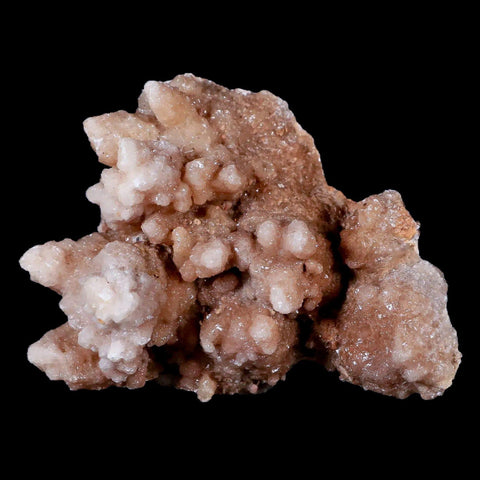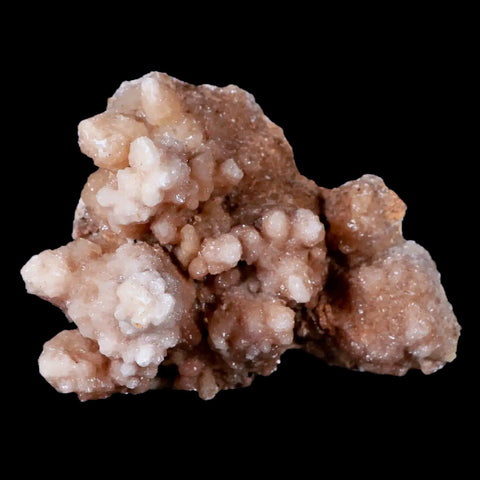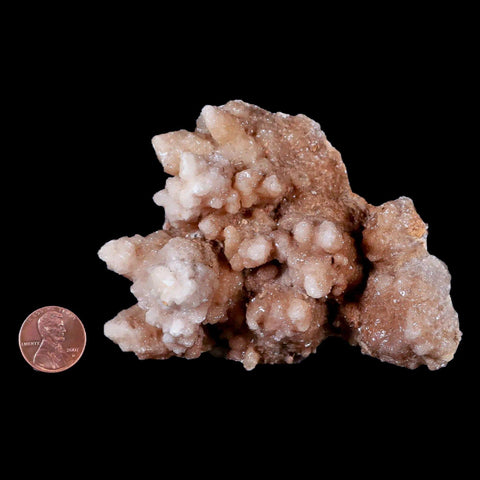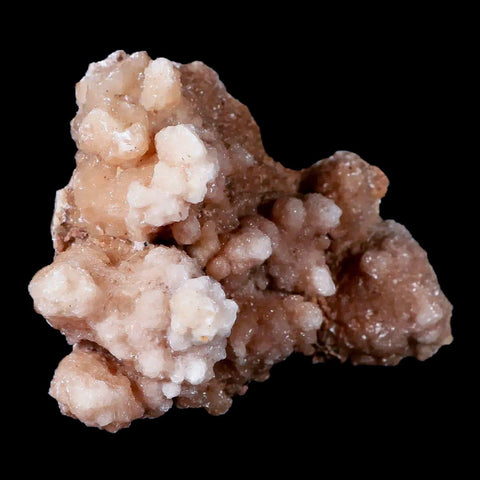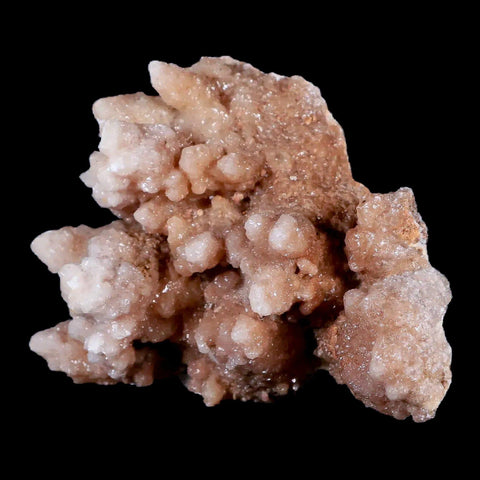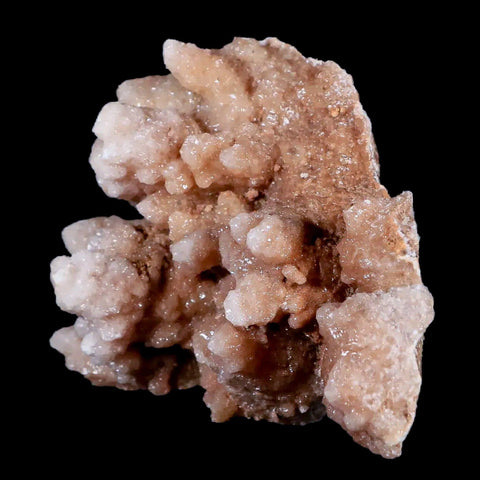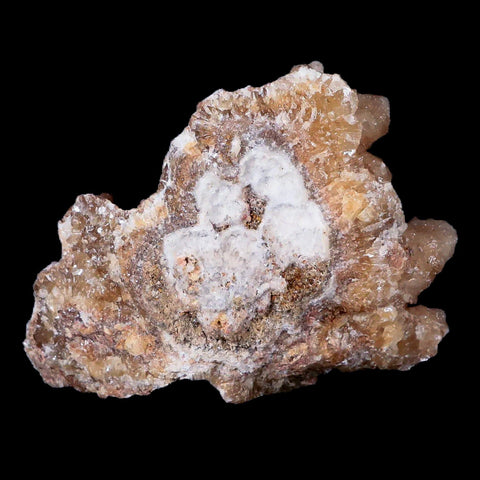4.1" Aragonite Cave Calcite Crystal Cluster Mineral Specimen Morocco
Location: Morocco
Weight: 9.2 Ounces
Dimensions: 4.1 Inches Long, 3.1 Inches Wide, 1.8 Inches Wide
The item pictured is the item you will receive
Without Aragonite, many of Earth’s organisms could not exist. This is a mineral most invertebrate organisms use to construct their shells and hard parts. So if you have ever admired a colorful seashell, you have already paid tribute to the range of colors Aragonite comes in and indirectly to the ease with which Aragonite forms at the Earth’s surface.
Aragonite and calcite are polymorphs—minerals that share the same chemical composition but differ slightly in their crystal structures. These minerals frequently form together and are so similar that distinguishing between them is rarely necessary except for specialists like paleontologists. While calcite is generally more stable and abundant in today’s ocean chemistry, there have been periods in Earth’s history when aragonite was the dominant and more stable mineral. Their physical properties are almost indistinguishable, highlighting their close mineralogical connection.
Calcite is a calcium carbonate mineral with a hardness of 3. It comes in a wide variety of forms and colors and is found on every continent of the world. Calcite makes up the major part of marble and limestone. Yellow Calcite usually occurs in massive rather than crystalline form, and the best specimens come from Mexico.
Calcite derives its name from the Greek word “chalix,” meaning lime. It appears in numerous colors such as red, green, orange, yellow, blue, pink, clear, black, and white. As one of Earth’s most abundant minerals, calcite forms the foundation of limestone and marble and manifests in a variety of shapes across diverse geological settings. Certain varieties exhibit blue or red fluorescence under UV light. Historically, calcite has been essential for producing cement and mortar, while its clear, transparent forms have been used in gun sights and polarizing microscopes for geological study.


